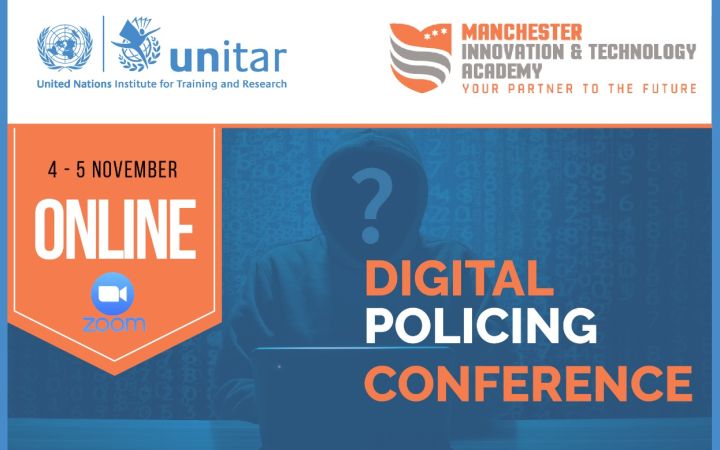Overview
October 2020, Geneva, Switzerland - In the last decade, technological advances have changed the world of law enforcement. As both criminal activities and police interaction with citizens move progressively online, the old model of providing a physical presence to prevent crime and reassure communities is no longer enough on its own and is expensive too. Police forces started to use digital technology to deliver a service that is fit for purpose in the 21st century.
New digital innovations have the potential to transform the way policing is delivered. The advent of always-connected smartphones, supported by access to large volumes of public and police-specific data, shows that there is potential for officers to be better informed and make more efficient use of their time than before. This allows police officers to spend more time on the ground with the communities they serve. A broad range of technologies could support the police with their investigations, from electronic notebooks to autonomous crowd monitoring, sensor networks, drones, microcomputers in glasses and augmented reality. Technological advancements are abounding and there is no sign of slowing down. In July 2013, Damian Green, the UK minister for policing, criminal justice and victims, said “In five years’ time we need to look back and see this was the beginning of a technological revolution in policing “; the aim is to continue this revolution and increase the technological tools available to the policing sector.
There are more cutting-edge technologies on the horizon which will have a great impact on modern day policing. With police forces around the world embracing new technologies, from artificial intelligence and augmented reality to drones and predictive data analytics, it will be easier for the public and police to communicate. The digital policing vision aims to improve investigations, increase efficiency, cut costs and enable forces to respond to crimes even before they occur. New technological innovations have been developed to prevent crime and to improve the performance of the police, but we know very little about how and why certain innovations are adopted, and the consequences –both intended and unintended—of technology-driven solutions to the challenge of policing.
However, in order to correctly harness these new digital innovations a holistic approach is necessary, from the core processes to behaviors. In realizing the potential of digital technologies, this conference will discuss, debate, and present innovations in digital policing technologies across the lifecycle of crime prevention, response and investigation. Participants will have the chance to learn how police forces can learn from the successes and failures of their counterparts to make this concept a reality.
This conference will bring together strategic technologists, government advisors, international experts in the security and investigations industry and academic researchers to discuss and present the new technological innovations that have applications in the areas of crime prevention generally, and crime control in particular.
Conference Objectives
- Define the concept of digital policing across the lifecycle of crime prevention, response and investigation.
- Understand the challenges associated with technological innovations and how the police can overcome these challenges.
- Identify new digital technological tools and understand the common pitfalls, risks and success factors for their implementation.
- Understand digital policing transformation through project and change management to maximise success of applying new technologies.
- Apply digital technologies to local context within Police Force.
Conference Target Audience
- Any individuals responsible for designing or conducting community policing measures in particular.
- Officers responsible for community, neighbourhood and sector policing.
- Officers responsible for strategic policing analysis.
- Political representatives dealing with public safety or social cohesion issues.
- Partners with community police work (leaders of neighbourhood residents’ associations, social street worker, etc.).
- Officers responsible for crime prevention units.
- Senior police officers.
- Students, Academics and researchers.


